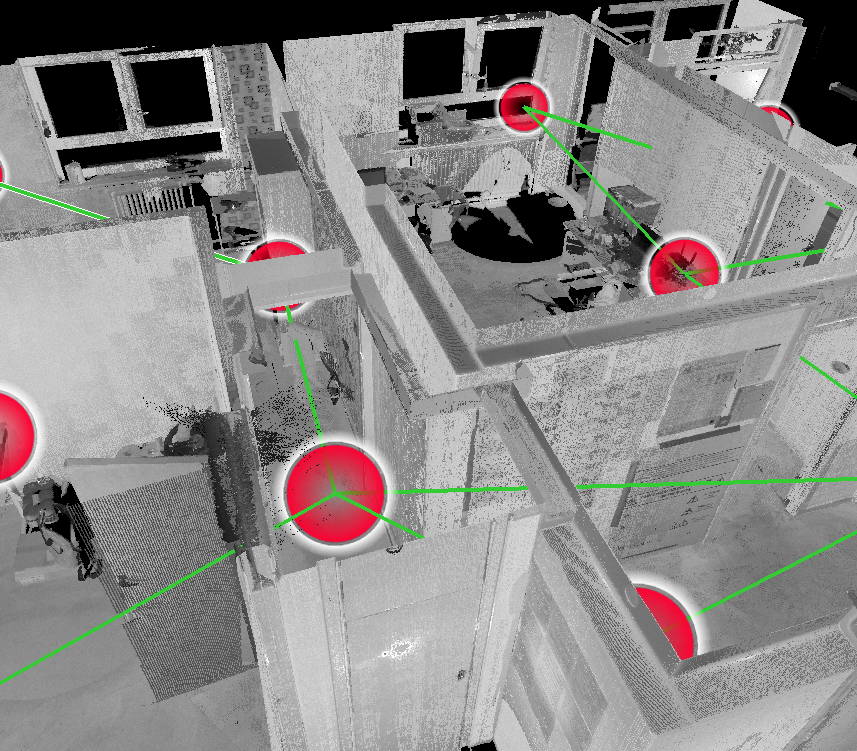Will the new National Model Design Code work?

George Clarke explores the contradictions in government housing policy
So, the government has published a new, draft National Model Design Code (NMDC) to ‘bring back beauty’ to the way new-build homes and estates are built across the country.
Following on from the ‘Building Better Building Beautiful Commission’ that published its report in January 2020, the government has since appointed URBED, a design and research company based in Manchester, to produce a checklist of design principles to consider for new developments covering everything from urban design to street character, facades, building types, environmental design and well-being.
- Read more about Will the new National Model Design Code work?
- Log in to post comments



















